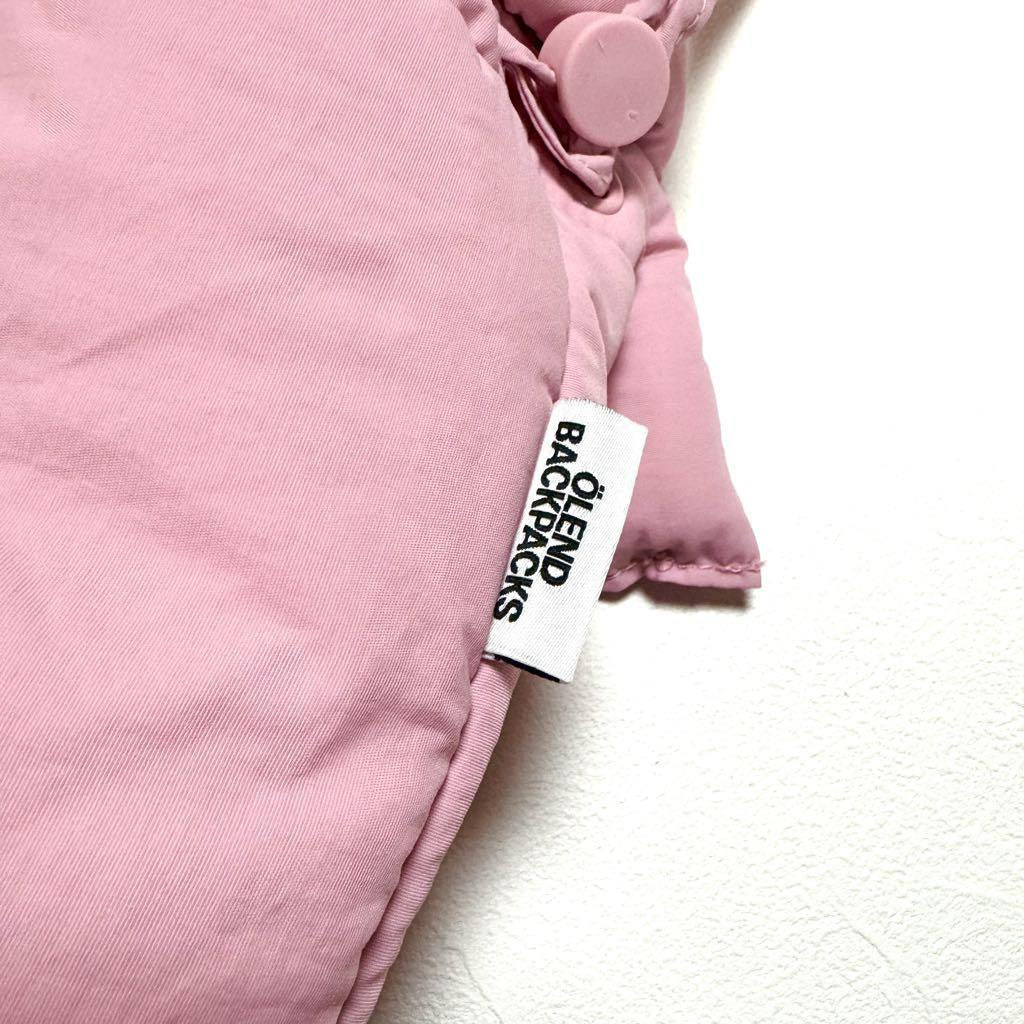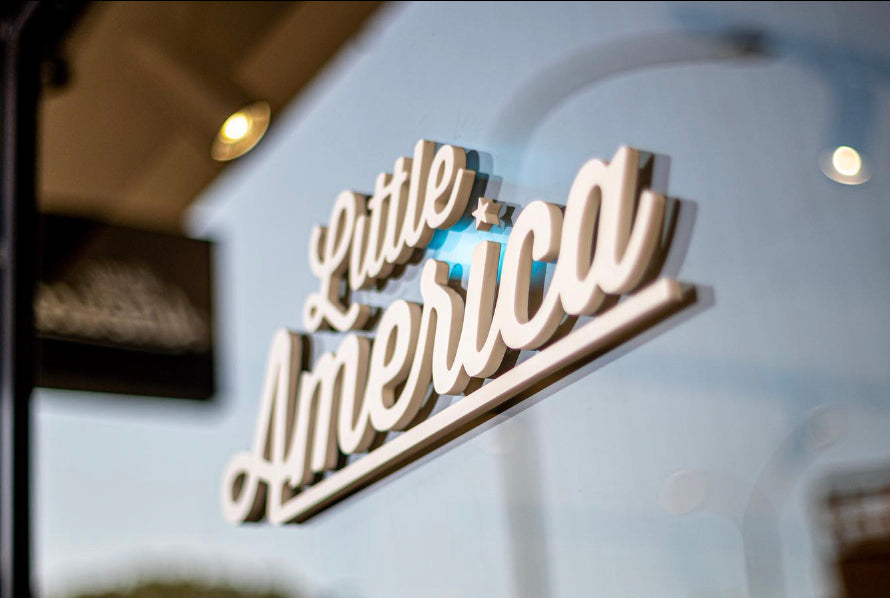Dr. Martens ’ message is to people who have their own personal style but share a unified spirit: authentic characters who stand for something. People who have a proud sense of self-expression. People who are different. Stylistically, Dr. Martens’ simple silhouettes allow wearers to embrace boots and shoes as part of their own individual and very distinctive style; practically, their famed durability and comfort make them ideal for everyday wear. However, this wasn’t always the case: Dr. Martens started life as a modest work boot that was even sold as a garden shoe at one point. So how did this utilitarian boot become one of the most culturally relevant brands of the modern era? It’s an interesting and unique story. From 1901, the Griggs family was known for making boots in the small town of Wollaston, Northamptonshire, in the English Midlands. They were at the heart of the British shoe industry and for six decades Griggs shoes earned a solid reputation for strong, durable work boots. The story then shifted to post-war Munich, 1945, and Dr Klaus Maertens, a 25-year-old soldier. While recovering from a broken foot he created a unique air-cushioned sole (rather than the traditional hard leather sole) to aid his recovery. Using a shoemaker's last and a needle, Maertens made a prototype shoe and showed it to an old college friend and mechanical engineer, Dr Herbert Funk. The two joined the company using disused military supplies to begin producing their unique shoes. In 1947 formal production began and within a decade they had a booming business, selling mainly to older women. In 1959 they decided it was time to advertise their revolutionary shoe invention in foreign magazines. Back in England, the Griggs business was now run by the third generation of the family, Bill, along with brothers Ray, Colin and their son Max. Bill's attention was caught by a German shoe magazine advert for their innovative sole. As a result, the exclusive licence was acquired and a number of key changes were made, including the altered heel, bulbous vamp, distinctive yellow stitching, two-tone grooved sole edge and a unique sole pattern. The boots were branded ' Airwair ' and came complete with a black and yellow heel tab featuring the brand name and the slogan ' With Bouncing Soles ' (based on Bill Grigg's handwriting). The date was 1st April 1960, so 1460. The name was added to the number: Dr. Martens, with the 'e' removed from the original surname to make it more English-speaking. The 1960s , the decade that saw the birth of the Dr. Martens boot , saw a wave of unprecedented change, new ideas, cultural upheaval and ultimately social revolution. This radical atmosphere also witnessed extravagant and often exotic fashion, a strange backdrop for the birth of such a functional work boot. Initially worn by postmen and factory workers, the early years were much like those of a cheap work boot, which sold in considerable quantities to the British working classes. Then something incredible happened. Without warning or intent, Dr. Martens were suddenly seized upon by the early multicultural skinheads , who proudly championed British working class style. Soon after, Pete Townshend of The Who became the first high-profile individual to wear them as a symbol of his own working class pride and rebellious attitude. In doing so, both the first-generation skinheads and Townshend altered the course of the brand's history, transforming this functional work boot into a subcultural essential. The decade of glam, punk, two-tone and early goth saw British youth culture grow into countless distinct tribes. Each successive tribe that adopted the boot subverted the style of previous wearers, yet large sections of the anti-establishment underground continued to champion Dr. Martens. By the end of the decade the boot had become a fierce symbol of self-expression at the heart of British youth culture. With Britain plagued by anti-government riots and social resentment, youth culture emerged from the streets with even more highly visual and individual tribes. Sales of small-sized men's boots alerted Dr. Martens to a street trend of girls buying and then customising (usually with flowers) the plain 8-hole boot. Meanwhile, US Hardcore musicians touring the UK began carrying pairs of Dr. Martens from New York to Los Angeles, thus inadvertently starting the brand's adoption by American subculture. Grunge turned the mainstream music world upside down, and it brought Dr. Martens with it. Back in Britain, Britpop rebelled against this so-called "loser boy" apathy, but they did it in the same boots, the 1460.
The emergence of nu-metal and early emo saw even more new genres of music adopt the boot. The brand also became synonymous with festival culture. Shortly after the brand's 40th birthday, sales fell so dramatically that all but one of the UK factories had to be closed to avoid bankruptcy. Then in 2003 the revitalization of the famous brand began with high fashion designers from all over the world reinterpreting and customizing the classic 1460 boot.
In 2007 the revival continued when the original factory on Cobbs Lane in Northampton resumed production of handcrafted Dr. Martens Originals. In the age of social media, every aspect of youth culture and subcultural style has changed. Yet diverse individuals, fans and subcultures continue to champion Dr. Martens, drawn to its unique alternative appeal and authenticity in a world of homogeneity. In 2010 a revitalised Dr. Martens celebrated its 50th anniversary: five decades that have seen the brand embraced by a diverse range of tribes, celebrities, musicians and free-thinking individuals, each subverting and twisting the boots and shoes to suit their own needs, attitudes and identities. Without music, Dr Martens would have remained a work boot. The music of the bands wearing Dr. Martens has become inseparable from the brand itself. Today you can find a wide selection of Dr. Martens models, from the iconic 1460 and 1461 , to the more daring Sinclair and Jadon , at Little America Women in via dei Corazzieri 13 in Rome's Eur district.
The emergence of nu-metal and early emo saw even more new genres of music adopt the boot. The brand also became synonymous with festival culture. Shortly after the brand's 40th birthday, sales fell so dramatically that all but one of the UK factories had to be closed to avoid bankruptcy. Then in 2003 the revitalization of the famous brand began with high fashion designers from all over the world reinterpreting and customizing the classic 1460 boot.
In 2007 the revival continued when the original factory on Cobbs Lane in Northampton resumed production of handcrafted Dr. Martens Originals. In the age of social media, every aspect of youth culture and subcultural style has changed. Yet diverse individuals, fans and subcultures continue to champion Dr. Martens, drawn to its unique alternative appeal and authenticity in a world of homogeneity. In 2010 a revitalised Dr. Martens celebrated its 50th anniversary: five decades that have seen the brand embraced by a diverse range of tribes, celebrities, musicians and free-thinking individuals, each subverting and twisting the boots and shoes to suit their own needs, attitudes and identities. Without music, Dr Martens would have remained a work boot. The music of the bands wearing Dr. Martens has become inseparable from the brand itself. Today you can find a wide selection of Dr. Martens models, from the iconic 1460 and 1461 , to the more daring Sinclair and Jadon , at Little America Women in via dei Corazzieri 13 in Rome's Eur district.









